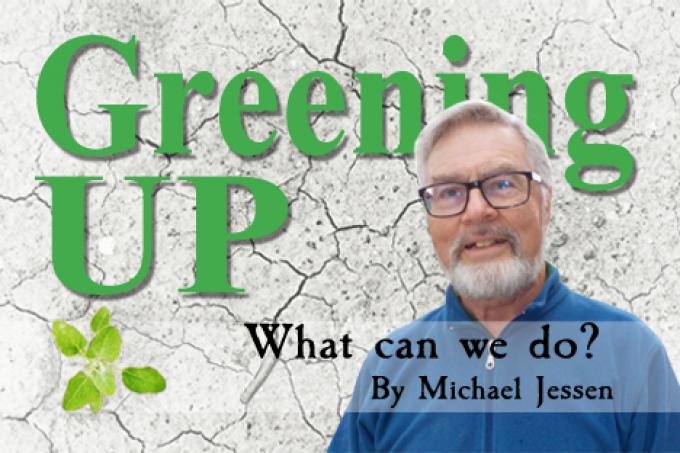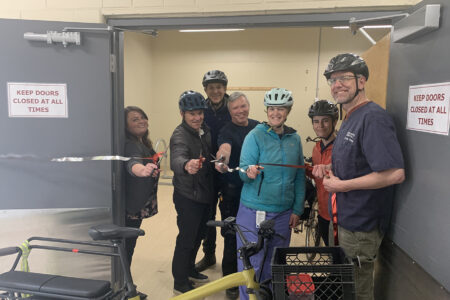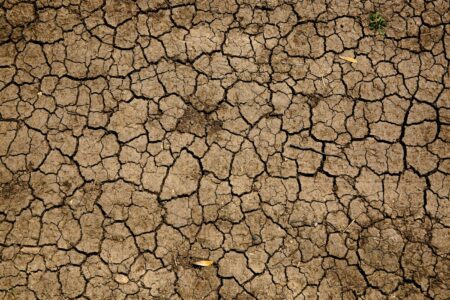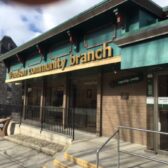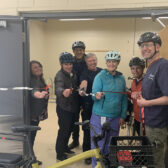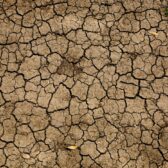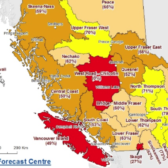Greening Up: The Other Road
“The road we have long been traveling is deceptively easy, a smooth superhighway on which we progress with great speed, but at its end lies disaster.”– Rachel Carson
As we approach Earth Day 2018 on April 22, we would be neglectful if we didn’t celebrate the 54th anniversary of the death of the woman who awakened understanding of the words environment and ecology.
Rachel Carson– whose 1962 book Silent Springexposed the chemical mass-warfare being waged indiscriminately against insects, weeds, and fungi – died on April 14, 1964after suffering from cancer for some years.
The book garnered a chorus of praise and a storm of abuse; its influence, literary quality, and world-wide fame made it one of those rare books that changed the course of history. It became the talk of North America, arousing the public imagination and igniting public policy to protect the natural world.
Rachel Carson was an unpretentious lady, a spirited idealist with a strong sense of privacy, and a true prophet of our time. From a young age she was an insatiable reader and writer, becoming a published author at age 10 when one of her short stories was printed in a children’s literary magazine.
During her sophomore year at the Pennsylvania State College for Women, a required course in biology excited an interest in the outdoors – the woods, the sea, and the diversity and interconnectedness of living things.
“Those who dwell, as scientists or laymen, among the beauties and mysteries of the earth, are never alone or weary of life.”– Rachel Carson
Graduating with a Master’s degree in zoology and genetics from Johns Hopkins University, Carson gradually realized that becoming a biologist had given her a subject to write about.
An article originally written in 1937 for a Bureau of Fisheries brochure was eventually published in The Atlantic Monthly. Underseawas immediately recognized for its lyrical writing and scientific understanding. Later expanded, it became Carson’s first book, published as Under the Sea-Wind in 1941.
Carson spent the war years in offices in Washington and Chicago. Discoveries about DDT and nerve gas crossed her desk, causing her to question its effects on living creatures. The genesis of Silent Spring was gradually being formed.
Wartime information gathered about the world’s oceans prompted Carson to slowly write another book. The Sea Around Usbecame a literary sensation when published in 1951. Many chapters were first serialized in various magazines, some winning awards. The book itself was an alternate selection of the Book-of-the-Month-Club, received the National Book Award for Non-Fiction in 1951, and was on the best-seller list for 86 weeks.
Accepting the National Book Award, Carson – alluding to the compliments on her prose – said “If there is poetry in my book about the sea, it is not because I deliberately put it there, but because no one could write truthfully about the sea and leave out the poetry.”
“Science is part of the reality of living; it is the what, the how, and the why of everything in our experience.” – Rachel Carson
Asked by a publisher to write about the eastern coast from Maine to Florida and the sea life there, Carson’s third book about the sea was published as The Edge of the Sea in 1955.
Other book ideas – on the evolution of humans and explaining the wonders of the natural world to youngsters, among them – percolated in Carson’s mind but not through her pen, for she wrote in longhand.
Carson was bothered by a feeling that the arrogance of humans in wanting to conquer nature was becoming pervasive. She was reading reports from all over the world that made it clear to her that humans were in a serious predicament.
She became increasingly alarmed as ominous news reached her about how house flies had become immune to DDT and how planes spraying pesticides against mosquitoes were killing birds.
The more Carson researched, the more horrified she became about the abandon with which chemicals were being dumped in the environment. She began compiling a dossier – Carson called it her “poison-spray material” – about the harmful effects of chemicals on wildlife and human life.
In May of 1958 she signed a contract with Houghton Mifflin for what would become Silent Spring in 1962.
“It seems reasonable to believe – and I do believe – that the more clearly we can focus our attention on the wonders and realities of the universe about us the less taste we shall have for the destruction of our race. Wonder and humility are wholesome emotions, and they do not exist side by side with a lust for destruction.”– Rachel Carson
Silent Spring warned of the dangers to all natural ecosystems from the misuse of chemical pesticides such as DDT, and questioned the scope and direction of modern science. Her book aroused a population and she has rightfully been called the mother of the environmental movement.
With this manuscript, she also questioned government and private science’s assumptions that human domination of nature was the correct course to pursue for the future.
The chemical and agriculture industries responded with vitriol as they felt their interests threatened, calling Carson a “hysterical woman”, a “communist”, and a “spinster”. They used every means at their disposal in a propaganda campaign designed to discredit her.
Carson had anticipated the opposition her book would create, yet knew she would have no peace if she did not speak out. She felt it was her duty to reveal what she knew.
“We still talk in terms of conquest. We still haven’t become mature enough to think of ourselves as only a tiny part of a vast and incredible universe. Man’s attitude towards nature is today critically important simply because we have now acquired a fateful power to destroy nature. But man is part of nature and his war against nature is inevitably a war against himself.” – Rachel Carson
The final chapter of Silent Spring is entitled The Other Road and details many of the alternative ways to control insects without chemicals. Carson writes about humanity being at a crossroads and having the choice about which road to take.
Plus ça change, plus c’est la même chose: the more that changes, the more it’s the same thing.
We stand today at another crossroads. Do we build more pipelines, coal-fired plants, double-down on our consumption of fossil fuels or do we recognize that our only chance to reach a destination that assures the preservation of our Earth is to embrace the truly extraordinary variety of alternatives that we have available?
The choice is ours to make.
In her book The Sea Around Us, Carson has a chapter entitled The Global Thermostatin which she details rising seas and the cooling and warming trends caused by ocean currents. One of her book ideas that never came to fruition was to be about the effect of human activities on a changing climate.
The propagandists have no perception of the difficulties their pipelines, fracking, LNG and tar sands developments will cause and consequently have no curiosity about alternatives.
There is no hope in sadness about the predicament we have put ourselves in and the past is not a good guide to our future.
We need to change our outlook and our way of life and become active in our communities.
“It is a great problem to know how to penetrate the barrier of public indifference and unwillingness to look at unpleasant facts that might have to be dealt with if one recognized their existence. I have no idea whether I shall be able to do so or not, but knowing what I do, I have no choice but to set it down to be read by those who will. I guess my own principal reliance is in marshaling all the facts and letting them speak for themselves.”– Rachel Carson
This Earth Day we must accept an understanding of our place in the universe and the nature of our Earthly relations, our kinship with other organisms, and the recognition of our absolute dependence on the biosphere and its ecosystems.
Just as Rachel Carson alerted us, it is possible for us to live in ways that do not degrade the environmental systems we depend on.
As David Orrhas written in his book Dangerous Years: Climate Change, the Long Emergency, and the Way Forward, “We know better than we act, and that gap between what we know and how we behave has given rise to the long emergency that lies ahead.”
Michael Jessen is an eco-writer and sustainability consultant living at Longbeach, near Nelson, B.C. He can be reached by email at zerowaste@shaw.ca



